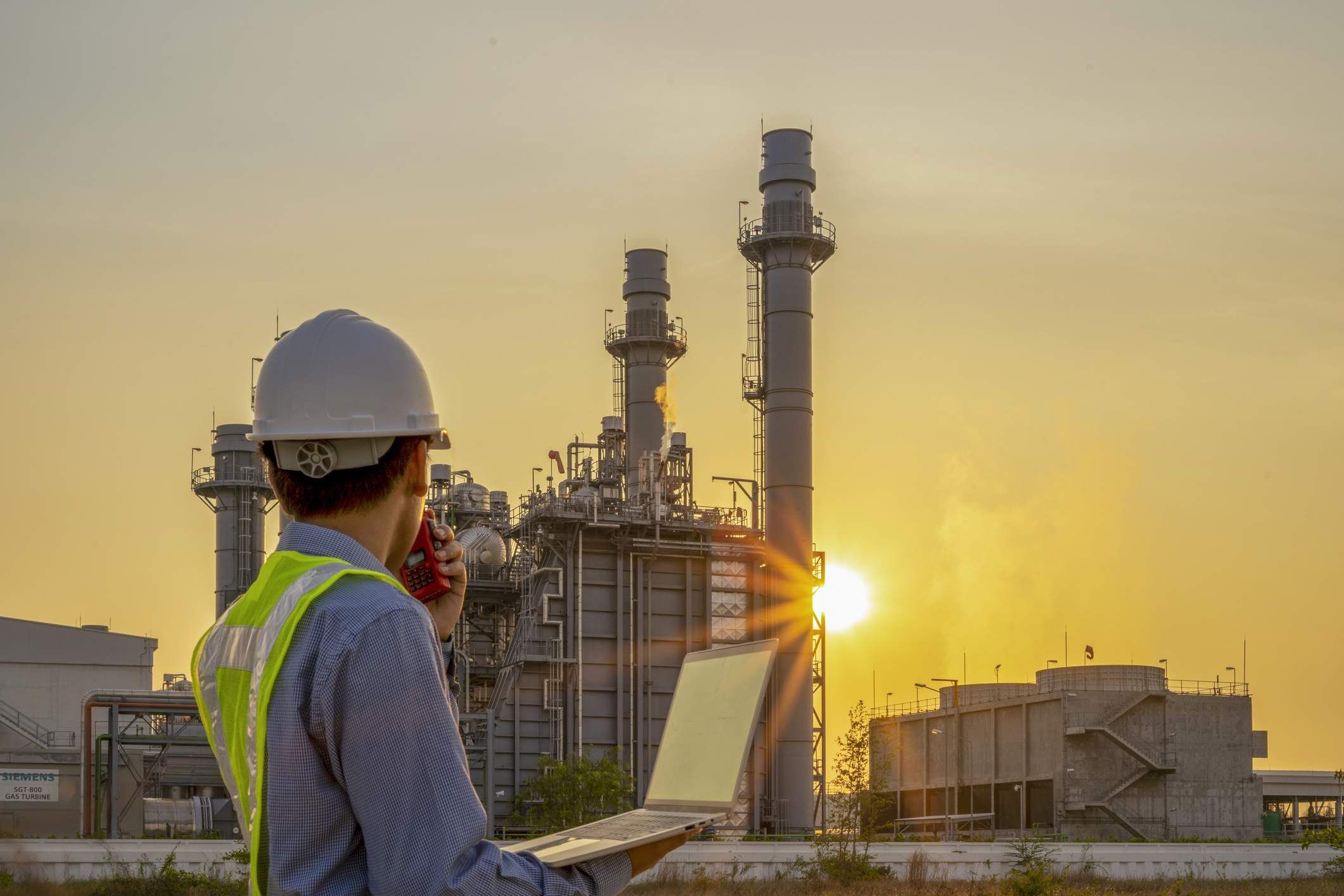guest column
3 tips for Houston energy professionals keeping cool amid record highs

Preventing heat stress and illness relies heavily on preparedness, education, communication, flexibility, and hydration. Photo via Getty Images
Summer and fall in Houston are full of daily high-temperature records. In 2023, over 2,300 heat-related deaths occurred within the US, and with forecasts predicting even higher temperatures throughout the rest of the summer, the concern for heat-wave-related illness should be top of mind.
Construction workers, for example, are 13 percent more likely than those in the general population to suffer fatalities caused by heat-related illnesses. As the summer heat continues, safety must be a top priority for anyone working outdoors.
Prioritizing worker safety is paramount in our area where we experience an extended summer. The following tips will help business leaders and managers prioritize the health and well-being of workers.
Education
Developing a plan is the first step in creating a culture that prioritizes heat safety. To mitigate employee risk, regular education throughout the year should occur to help workers identify the signs of heat illness. In especially hot months, regular communication and monitoring throughout the day is paramount.
Environmental monitoring tools like the OSHA-NIOSH heat safety app should be a part of heat safety plans. The app helps leaders monitor temperature, humidity, and heat index on individual job sites. Additionally, wearable monitors that track vitals like heart rate can be invaluable for identifying signs of heat illness. However, these tools require thorough education to ensure effective use.
Flex Schedules
Working early in the day is an important and popular strategy in the summer months. It is impossible to avoid the heat completely, so providing cool areas, such as cool job site trailers for resting at breaks or meals can help keep employees from overheating. Additionally, Portacool units effectively cool the surrounding area by up to 30 degrees. These mobile devices can be used both indoors and outdoors, working by pulling hot air through a medium that causes water to evaporate. A fan then disperses the cooler air, creating a more comfortable environment for workers.
Heat acclimatization is crucial, especially for new outdoor crew members. Safety professionals should gradually increase their exposure to the elements to keep them healthy. It's also important to ease workers back into increased heat exposure after an extended absence.
Hydration
Proper hydration is essential for heat safety. Employees should be encouraged to take water breaks and drink electrolytes, with supervisors regularly reminding them to do so. Items like electrolyte ice pops can help maintain a healthy workforce on especially hot days. Body cool stations equipped with cold drinks, ice coolers, and cooling towels can effectively cool the body from the inside out. Offering various ways for employees to stay hydrated and cool demonstrates the organization’s commitment to worker well-being.
Heat safety is a critical concern. Preventing heat stress and illness relies heavily on preparedness, education, communication, flexibility, and hydration. Businesses employing outdoor workers must be aware of the dangers posed by heat and humidity, and the importance of recognizing signs of heat stress. Prioritizing heat safety ensures a safe summer and fall in Houston's challenging climate.
———
Reggie Asare is director of environmental health and safety at Skanska USA Building in Houston. Skanska is one of the world's leading project development and construction groups.